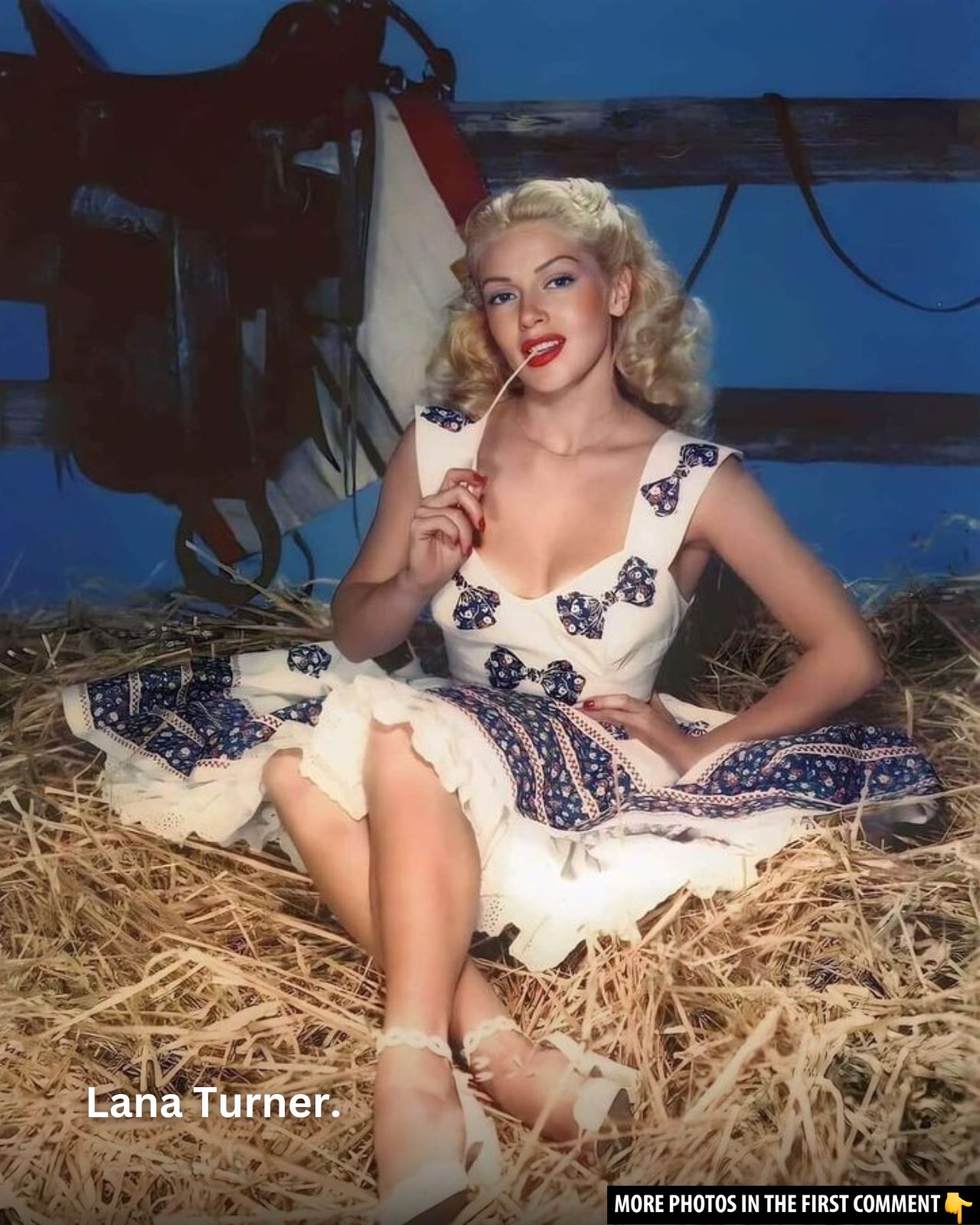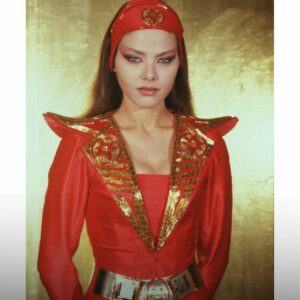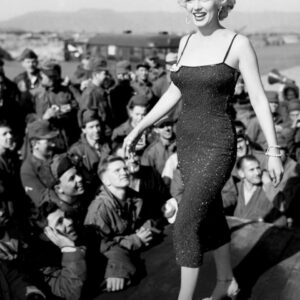Few stars have captured the imagination of Hollywood quite like Lana Turner. Born on February 8, 1921, and leaving an indelible mark on cinema until her passing on June 29, 1995, Turner remains a symbol of glamour, sophistication, and the bittersweet allure of old Hollywood. Her career was marked by both breathtaking achievements on screen and an equally dramatic personal life. Today, we explore her journey from a promising newcomer to a timeless icon, as well as the cultural impact of her work and legacy.
Early Life and the Rise of a Star
Lana Turner burst onto the scene in a way that would change the landscape of Hollywood forever. Her breakthrough role came in the film They Won’t Forget (1937), where a simple, yet memorable, appearance in a snug sweater earned her the moniker “the Sweater Girl.” This distinctive image captured the public’s attention and quickly became a hallmark of her early career. Turner’s natural beauty and captivating screen presence set the stage for a career that would soar to legendary heights.
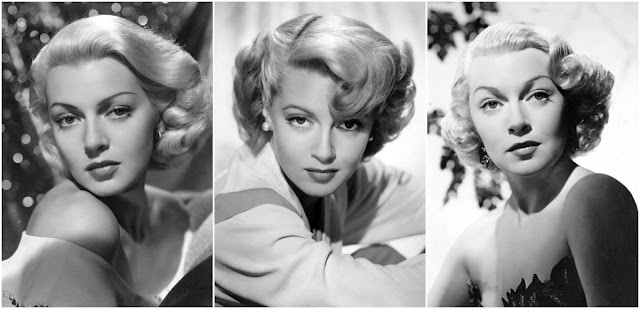
Following her debut, Turner signed with Metro-Goldwyn-Mayer (MGM), one of the most prestigious studios of the era. At MGM, she was given the opportunity to work alongside leading directors and co-stars, further polishing her acting skills. The studio recognized her potential not only as a talented actress but also as a fresh face that embodied the evolving ideals of beauty and style. With each new role, Turner redefined what it meant to be a leading lady in a time when Hollywood was brimming with talent and innovation.
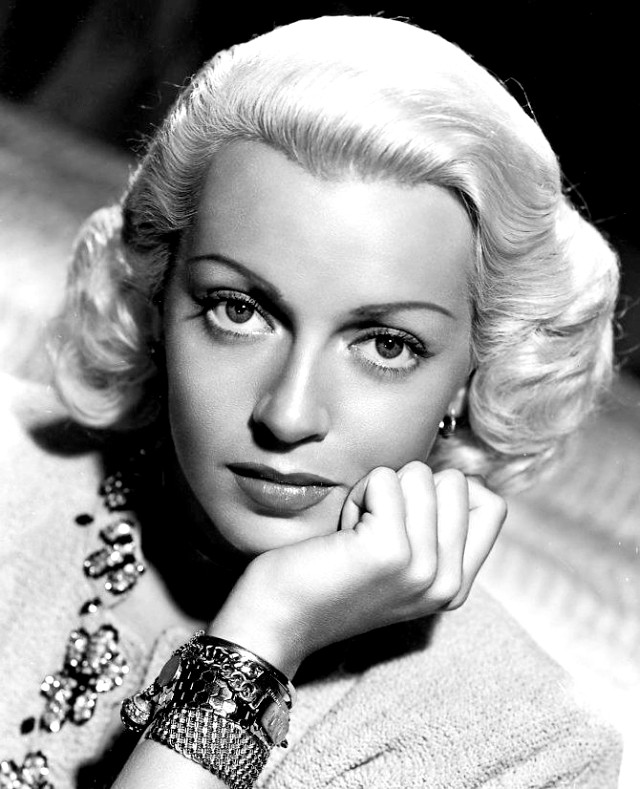
Video
Watch the documentary Lana Turner: Tragedies and Triumphs by Jerry Skinner – a deep dive into the life of an unforgettable Hollywood legend!
Hollywood Stardom in the 1940s
Throughout the 1940s, Lana Turner became synonymous with glamour and allure. Her performances often portrayed complex, multi-dimensional characters who exuded both vulnerability and strength. The studio portraits taken during this period remain iconic, capturing the essence of an era defined by elegance, dramatic lighting, and a focus on visual storytelling.
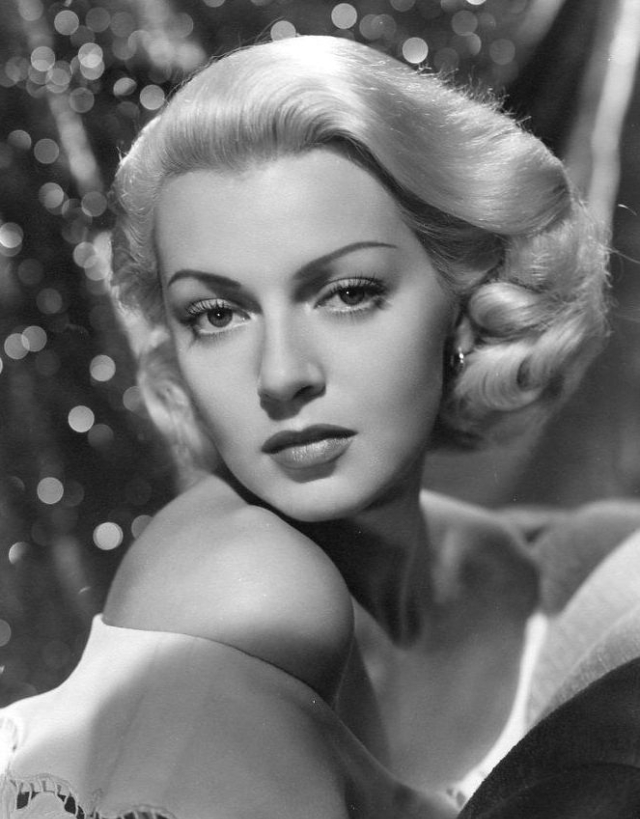
Turner’s success was not limited to her on-screen achievements. As World War II raged, her image became a beacon of hope and beauty for a nation in turmoil. In a time when films served as a much-needed escape from the hardships of war, her roles provided audiences with a mix of romance, intrigue, and resilience. Turner’s work during this period not only solidified her status as a major box-office draw but also elevated her as a symbol of the American dream, one where beauty and talent combined to overcome adversity.
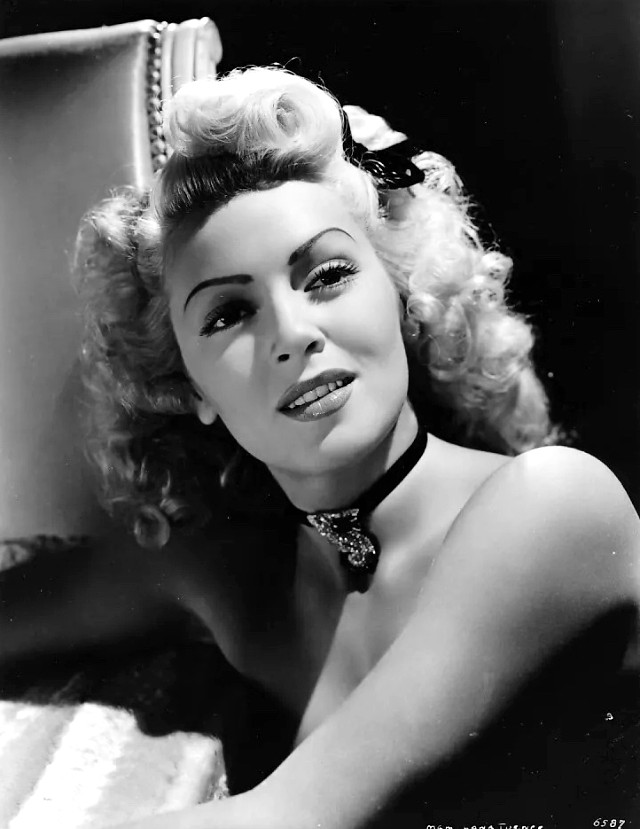
A Cultural Icon Beyond the Silver Screen
Beyond her cinematic accomplishments, Lana Turner’s influence extended into the realms of fashion, art, and popular culture. Her distinctive style and public persona captured the essence of 1940s Hollywood, making her a trendsetter in the industry. Photographers and artists alike sought to emulate the glamour reflected in her portraits, ensuring that her image would be immortalized in various forms of artistic expression.
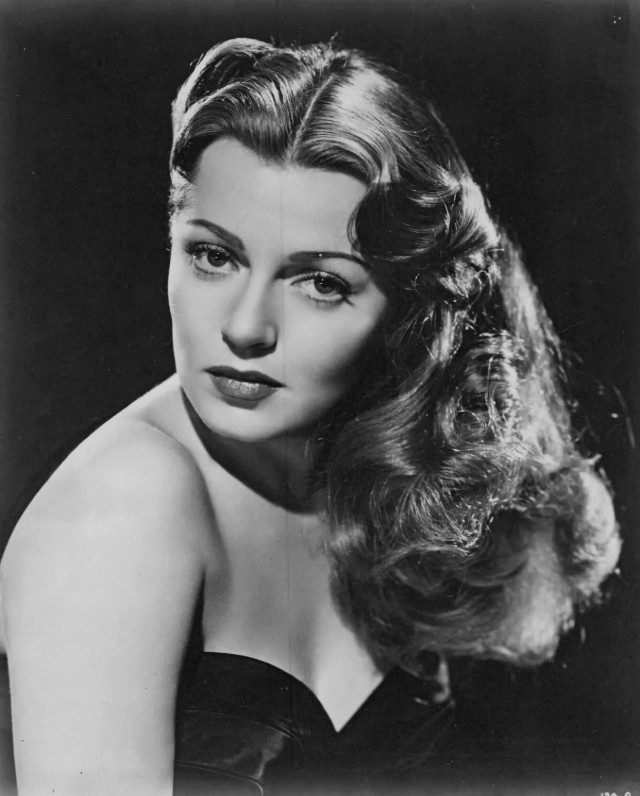
The sweeping influence of her style can be seen in fashion magazines, billboards, and even in the emerging pin-up culture of the time. Turner’s image was widely reproduced, reinforcing her status as an enduring icon whose appeal transcended the boundaries of film. Over the decades, her likeness has been featured in art exhibitions and has been referenced in literature and music, solidifying her place in the cultural lexicon.
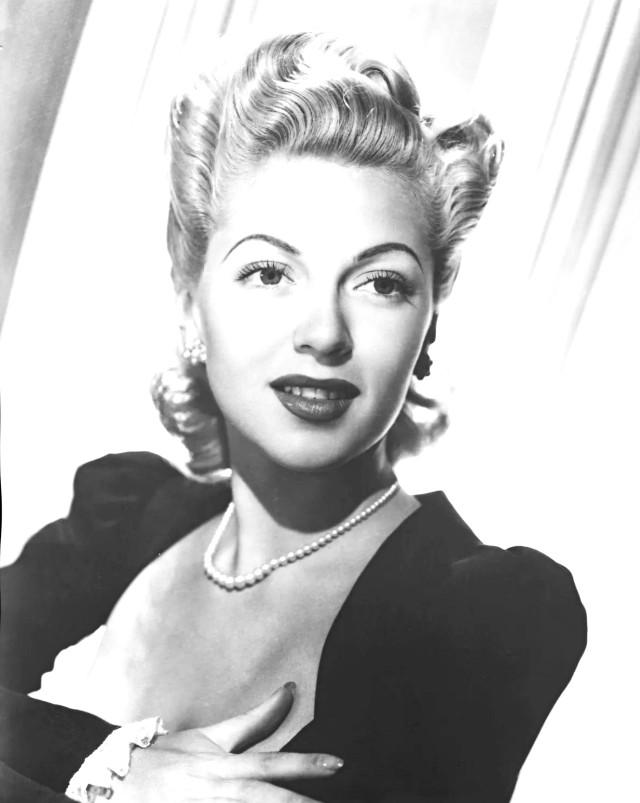
The Turbulent Personal Life
Lana Turner’s off-screen life was as dramatic and headline-grabbing as her cinematic career. Known for her numerous high-profile romantic relationships and a total of eight marriages, her personal life was frequently the subject of intense media scrutiny. The public’s fascination with her private affairs added an extra layer of complexity to her image as a glamorous star.
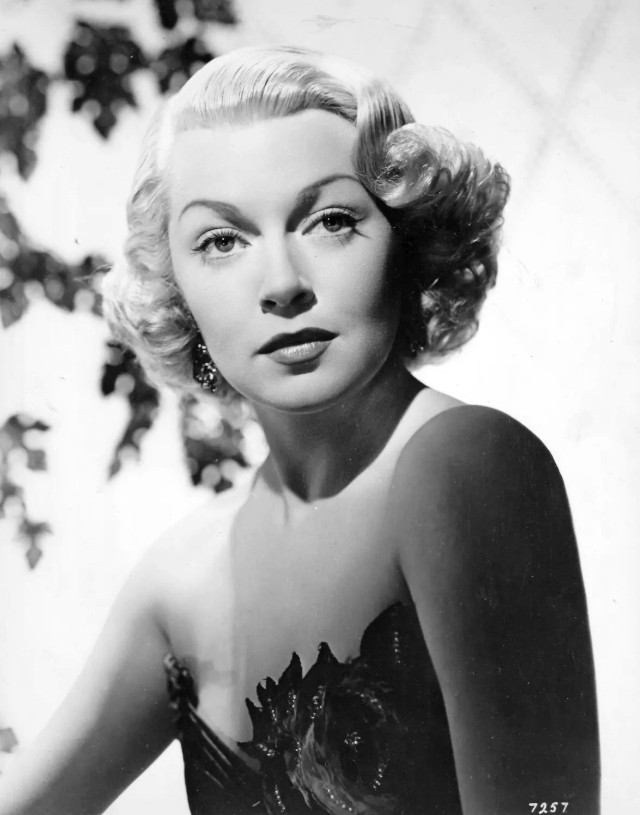
Perhaps the most sensational episode in her personal life was the scandal involving her lover, Johnny Stompanato. In 1958, during a turbulent domestic struggle, Turner’s daughter was involved in the fatal confrontation that led to Stompanato’s death. This tragic event, widely covered by the media, further amplified the duality of her existence—one that blended public adoration with personal tragedy. While the scandal might have threatened to tarnish her reputation, it instead cemented her status as a figure whose life was emblematic of the high stakes and relentless pressures of Hollywood stardom.
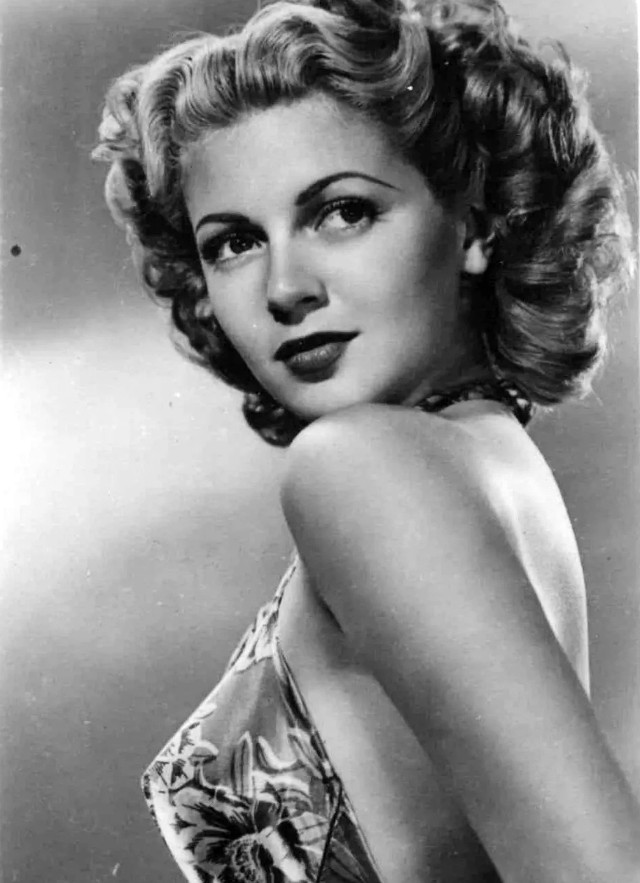
Legacy and Lasting Influence
In the decades following her heyday, Lana Turner’s influence has only grown stronger. Her films continue to be celebrated for their artistic merit and emotional resonance, with retrospectives and film studies often dedicated to examining her contributions to cinema. Her studio portraits from the 1940s serve not only as visual documentation of a bygone era but also as inspirational art that informs contemporary aesthetics.
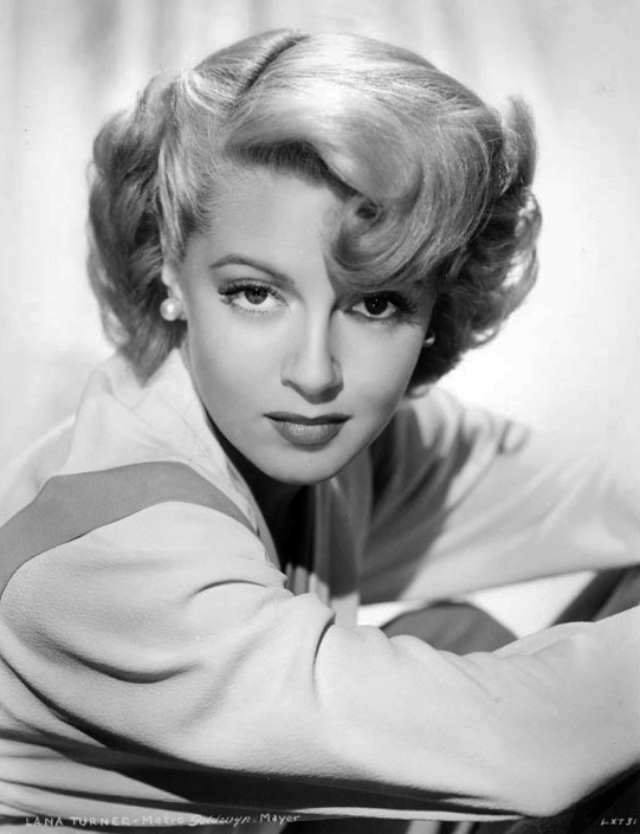
Critics and academics have long been fascinated by Turner’s complex persona. Discussions about her often explore themes of beauty, gender, and the evolution of celebrity culture. Her life has been analyzed in the context of film theory, cultural studies, and even discussions on camp aesthetics and gay icons. Through these lenses, Turner’s legacy is seen as a rich tapestry that mirrors the evolving narrative of Hollywood itself.
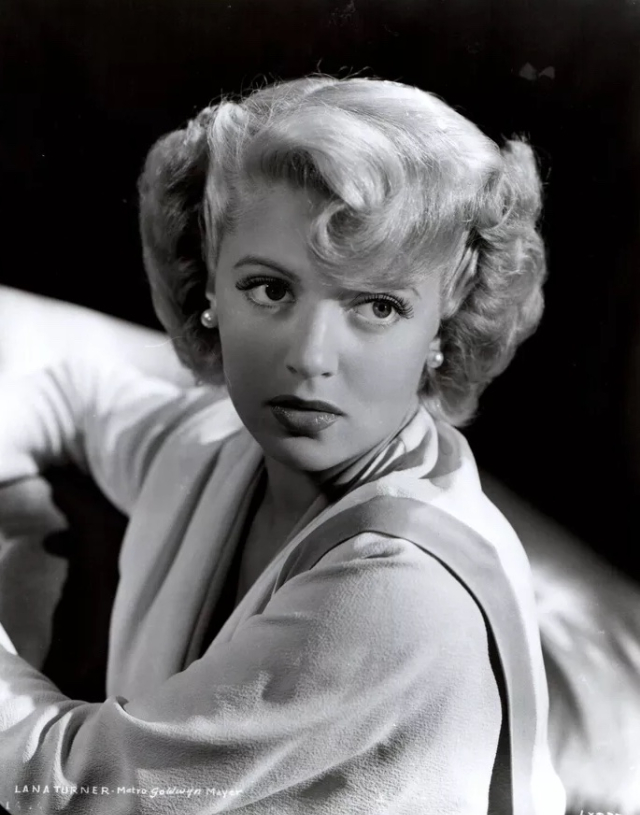
Moreover, modern interpretations of her work continue to inspire new generations of filmmakers, designers, and artists. Whether it’s through reimagined film roles, fashion collections, or visual art projects, the spirit of Lana Turner endures as a reminder of the glamour and unpredictability that defined mid-20th century America.
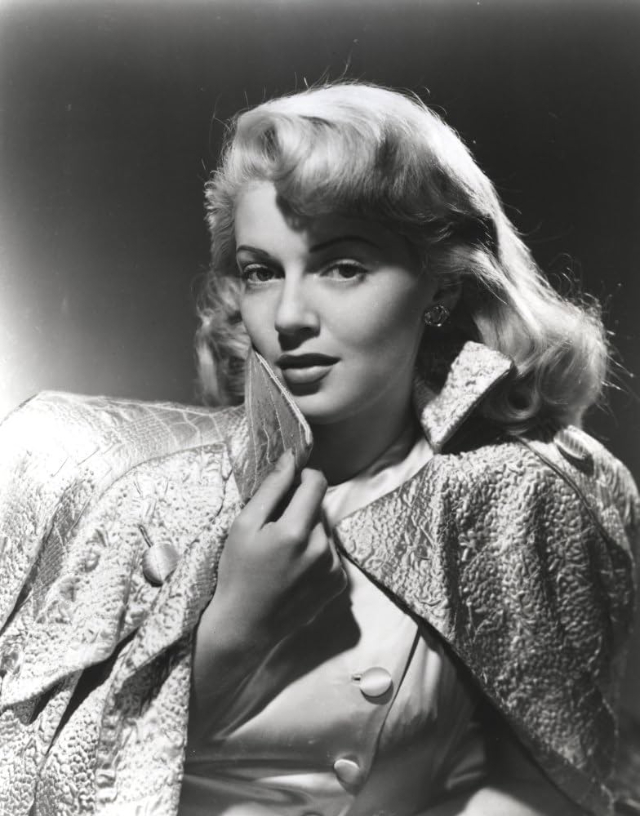
Conclusion
Lana Turner’s journey from a young actress with an unforgettable debut to a revered Hollywood legend is a testament to her resilience, talent, and unyielding charm. Her early success as the “Sweater Girl” paved the way for a stellar career at MGM, where she became one of the most celebrated stars of the 1940s. Despite the turbulence of her personal life and the public scandals that followed, Turner’s contributions to film, fashion, and cultural discourse remain unparalleled.
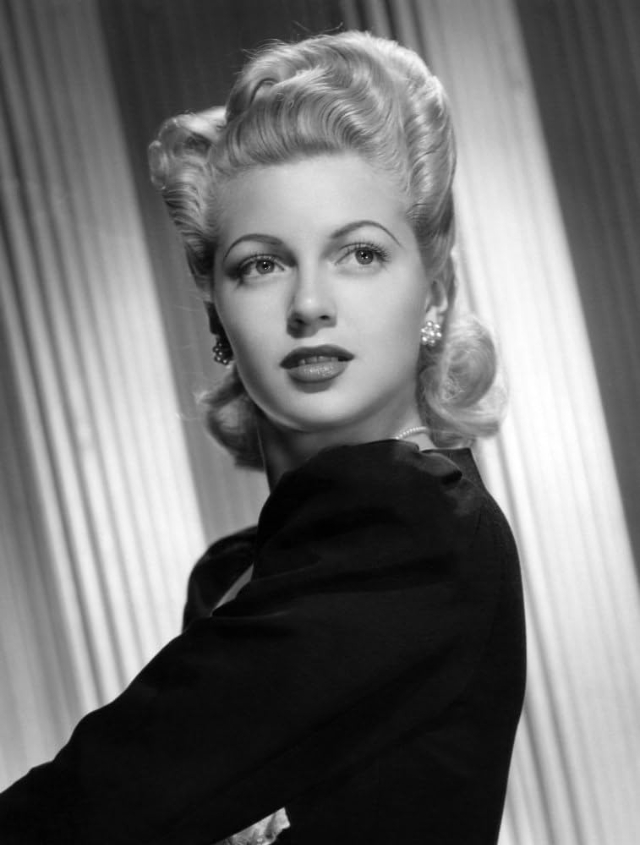
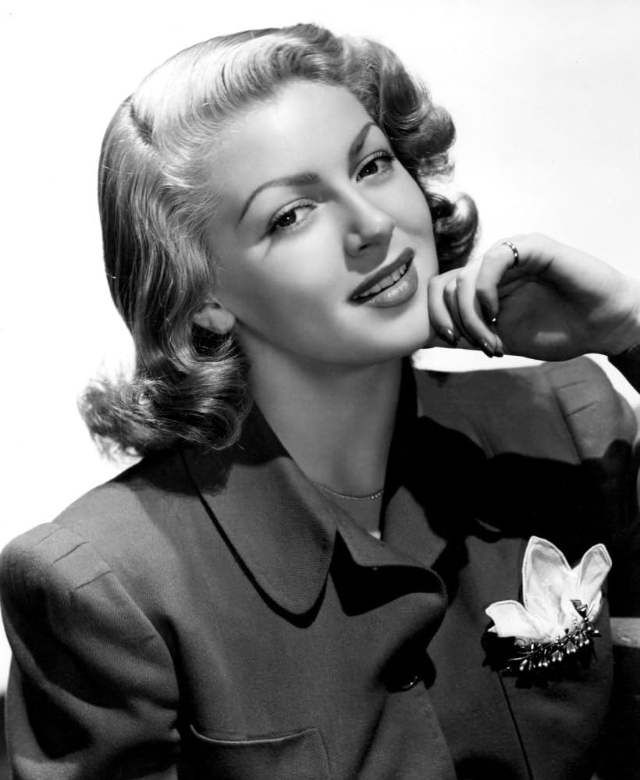
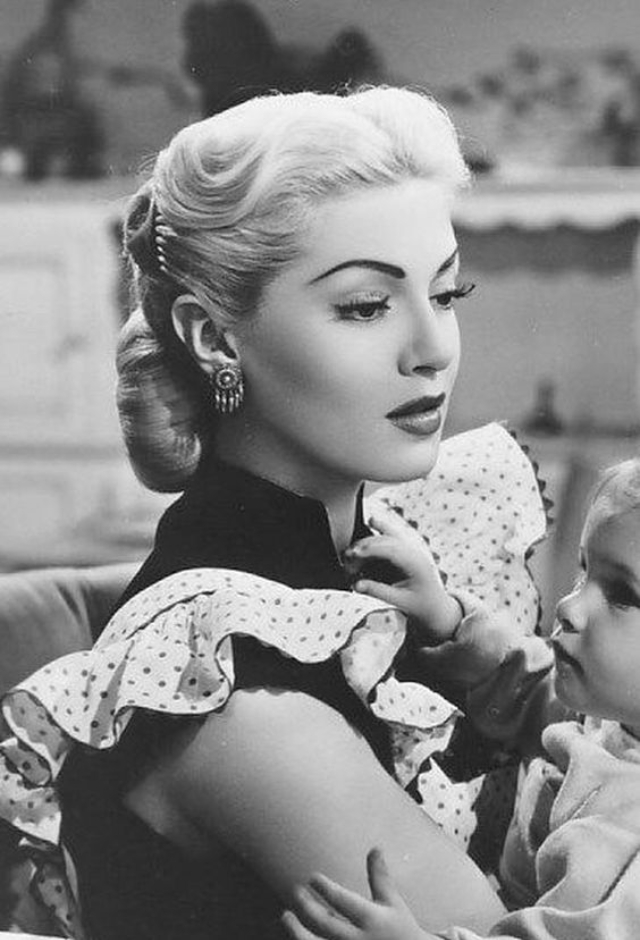
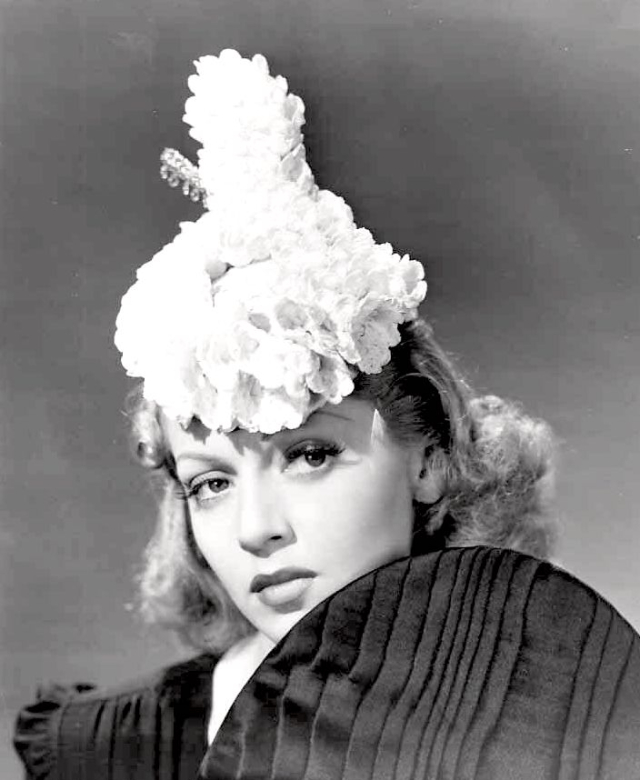
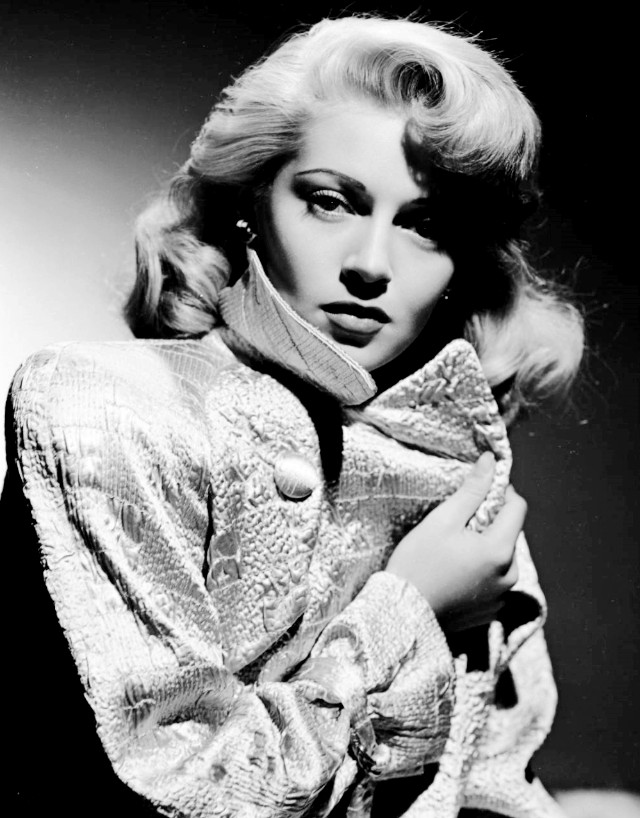
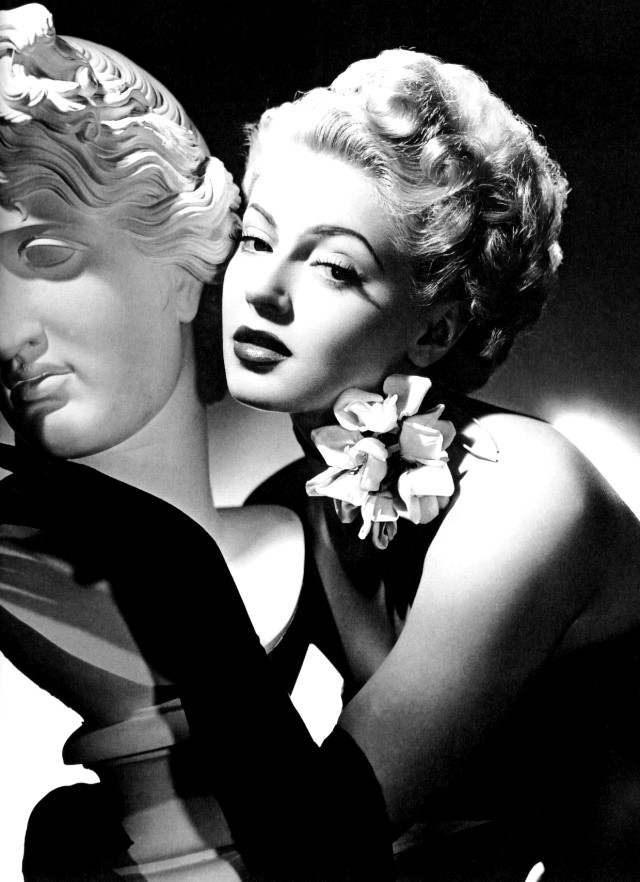
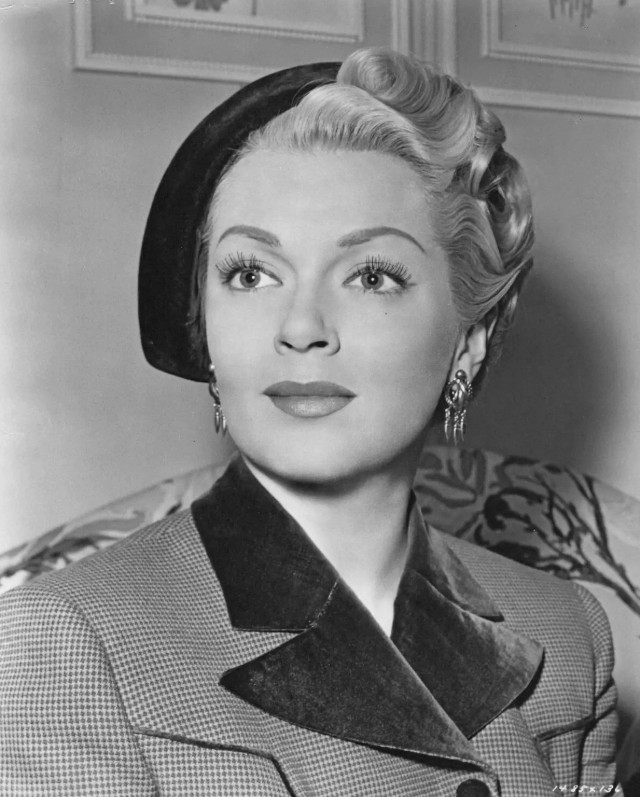
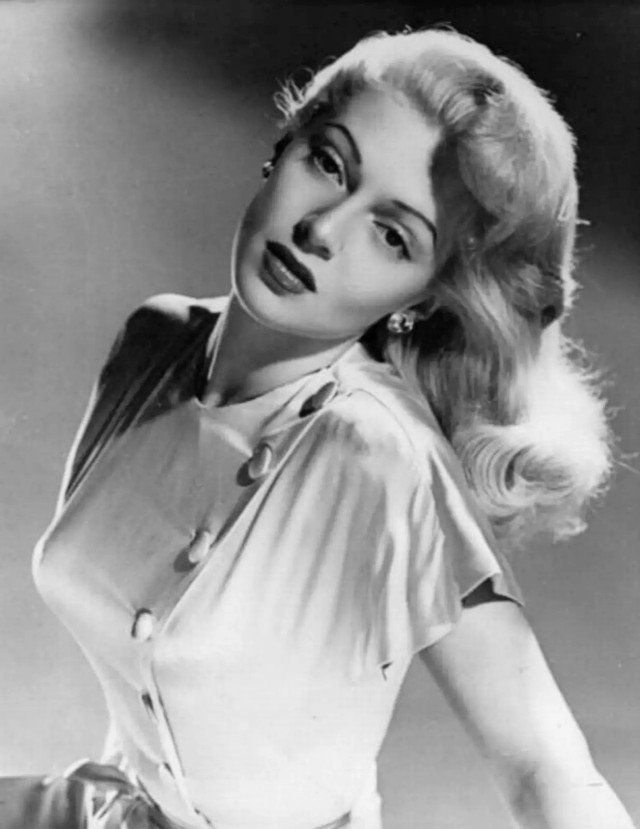
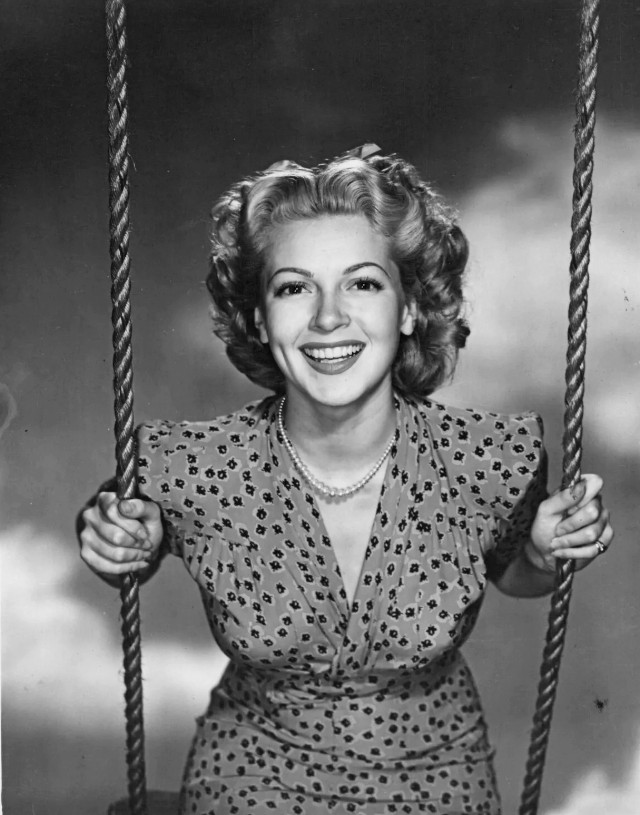
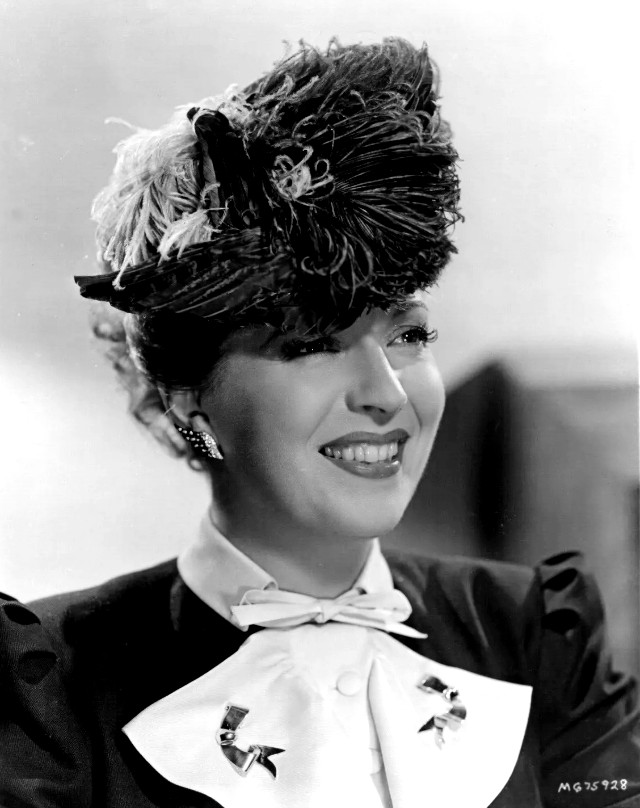
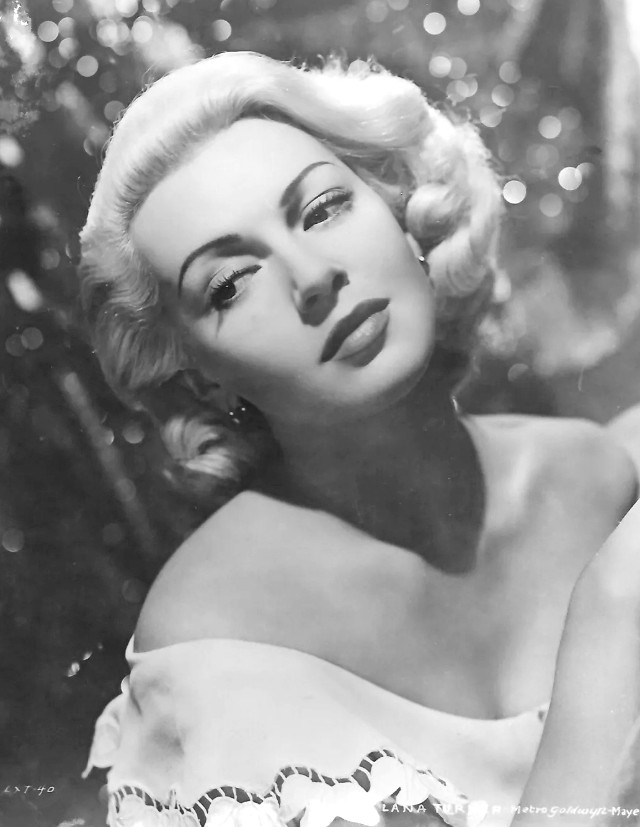
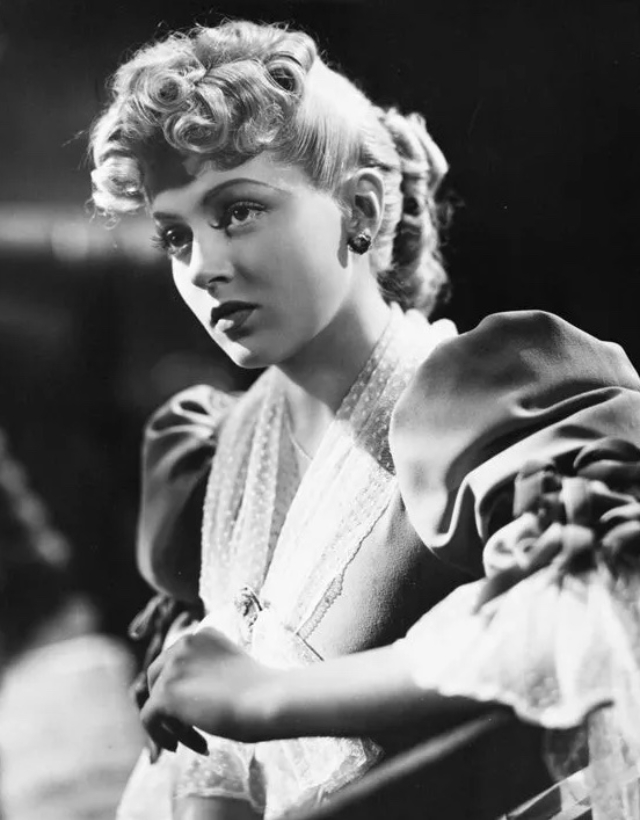
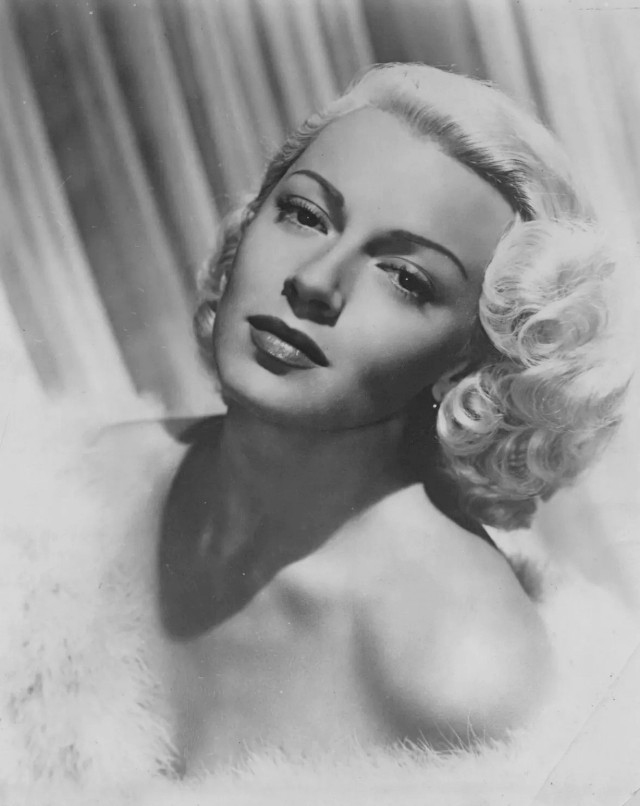
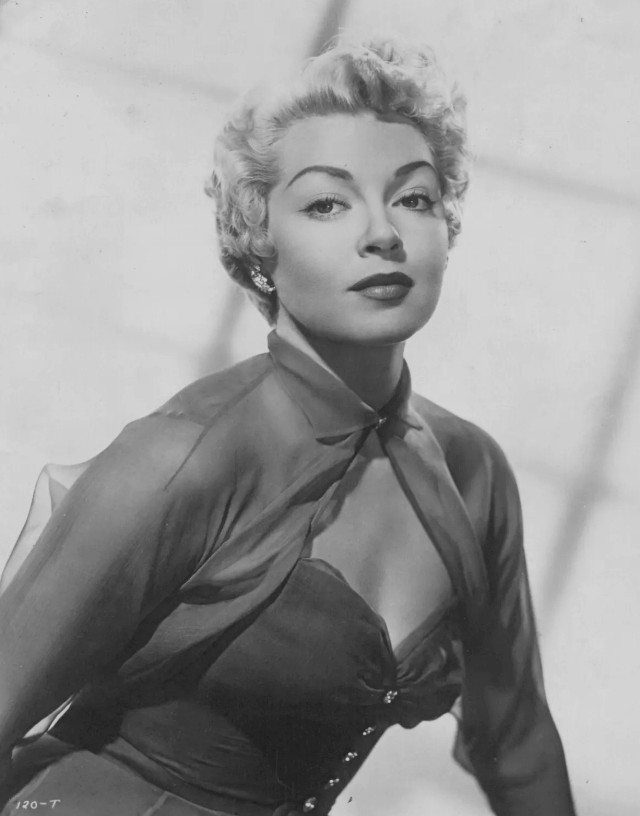
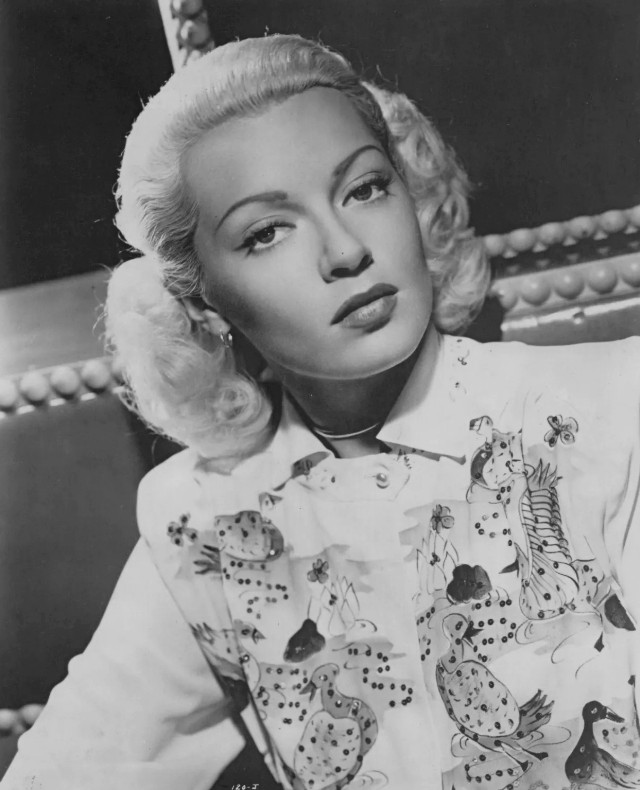
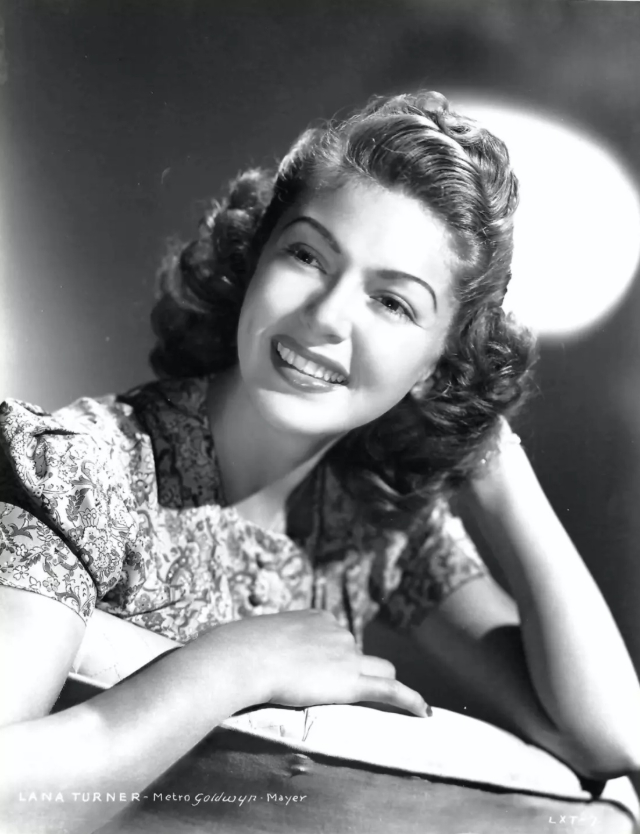
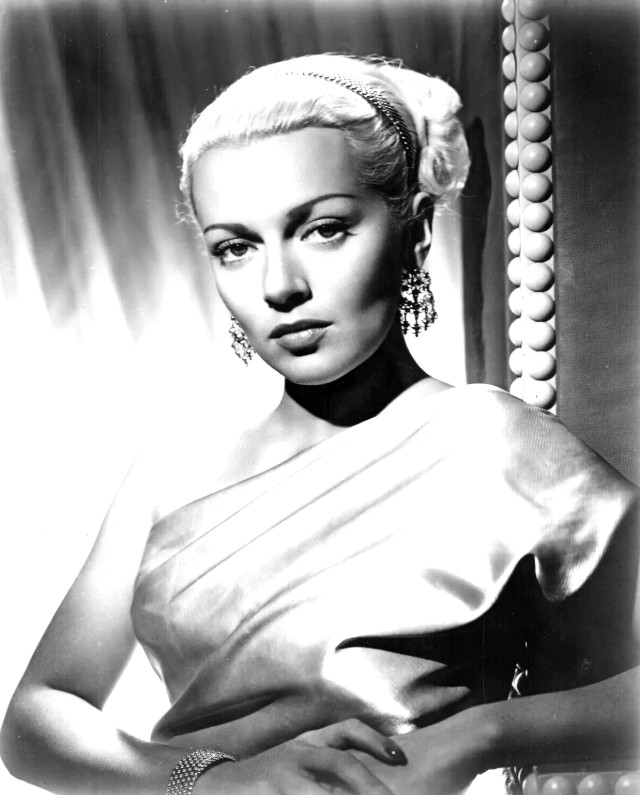
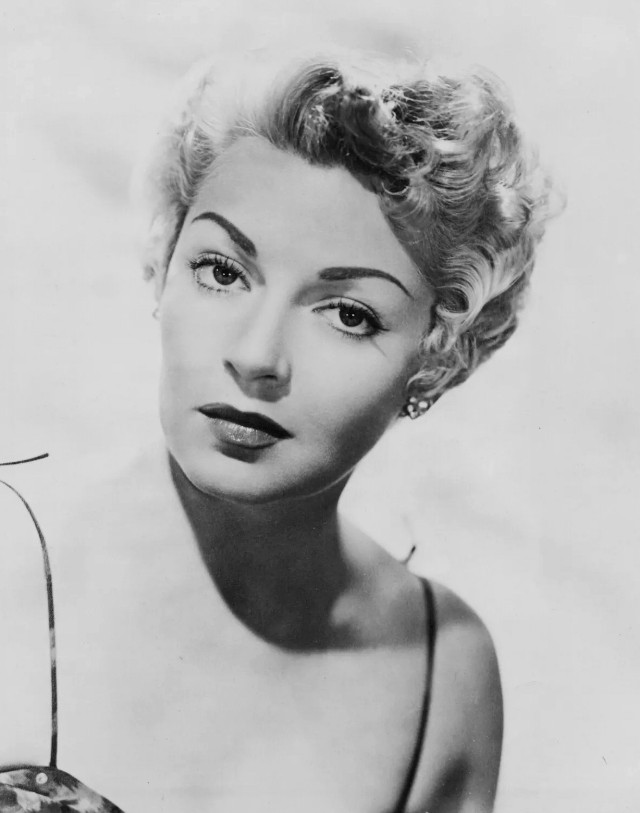
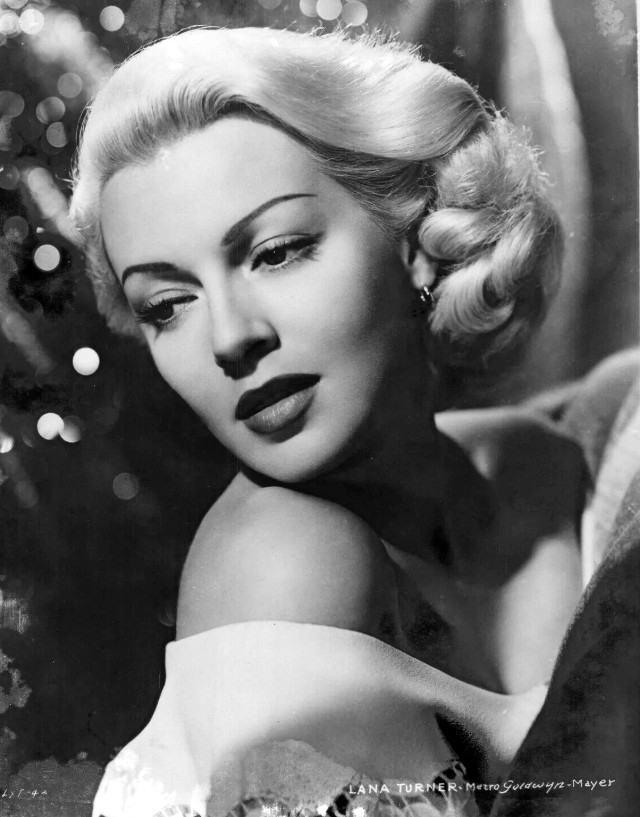
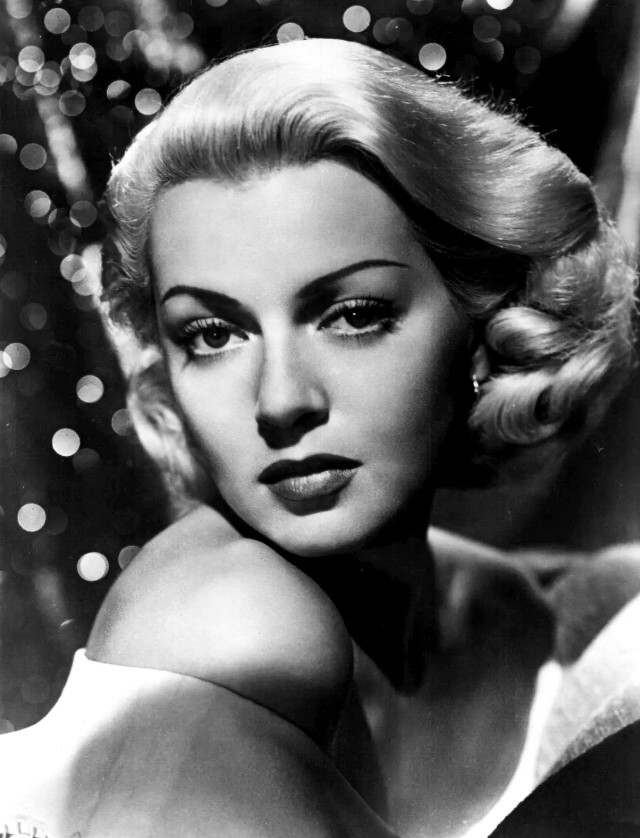
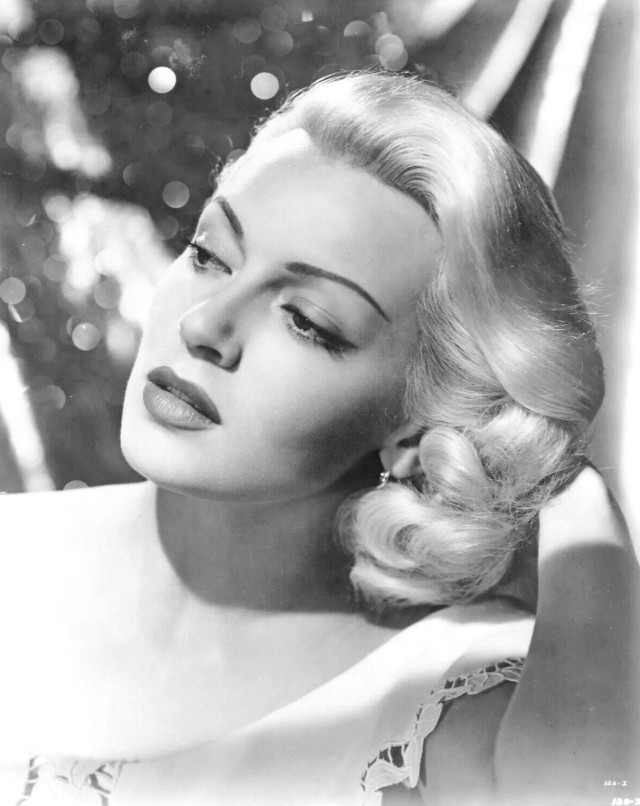

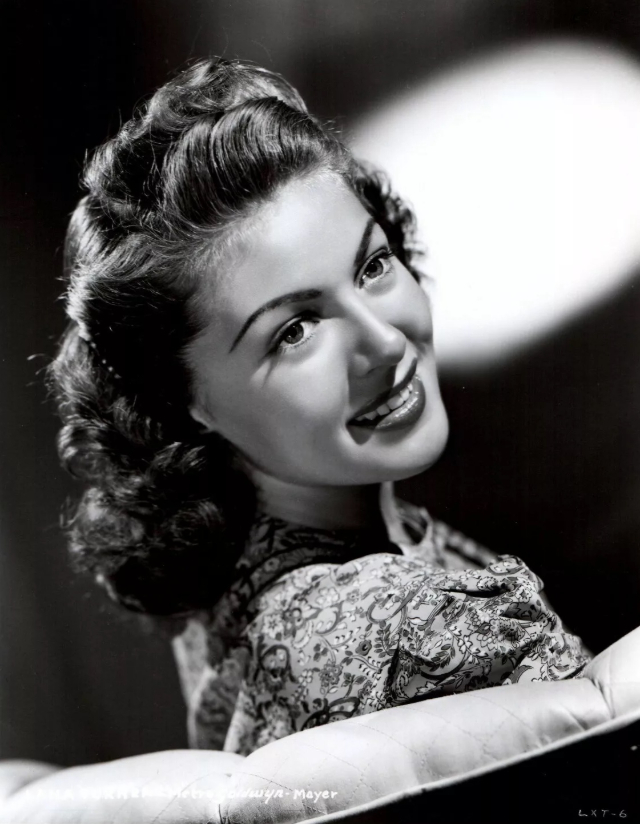
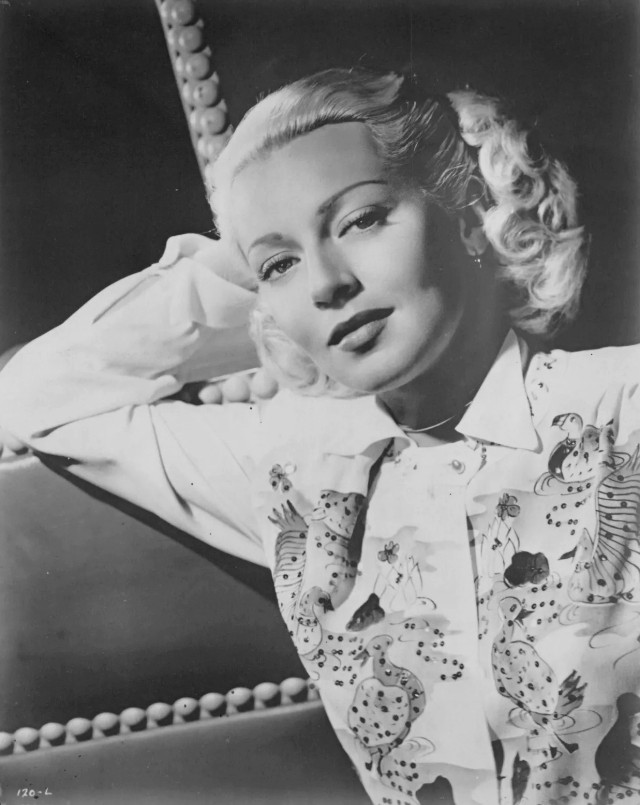
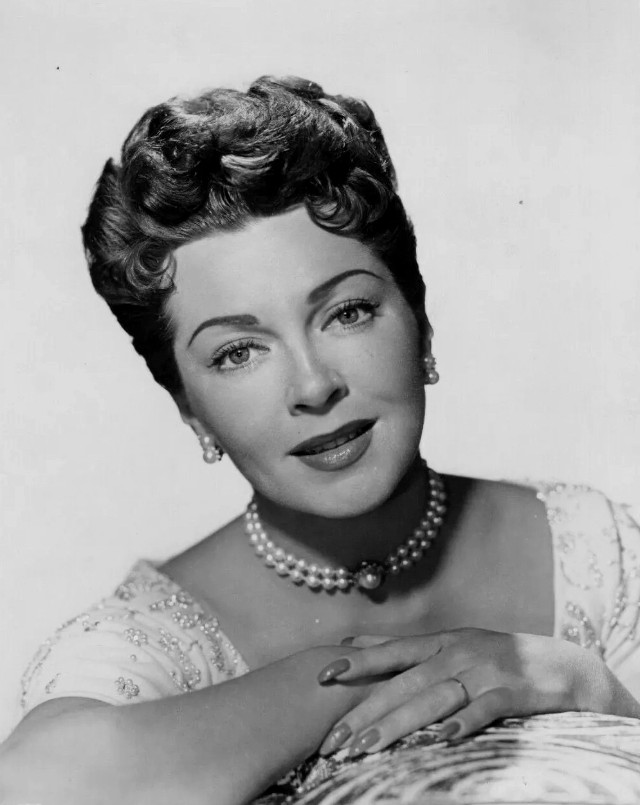
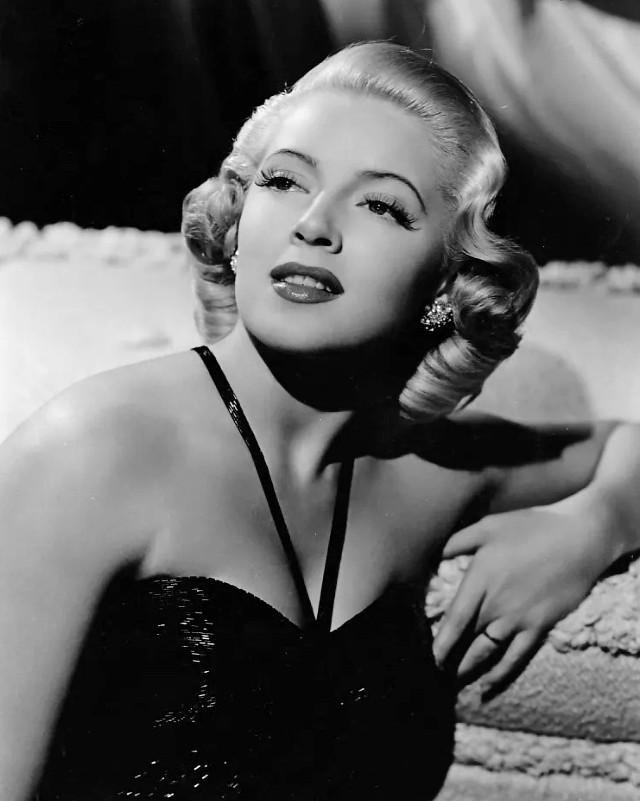
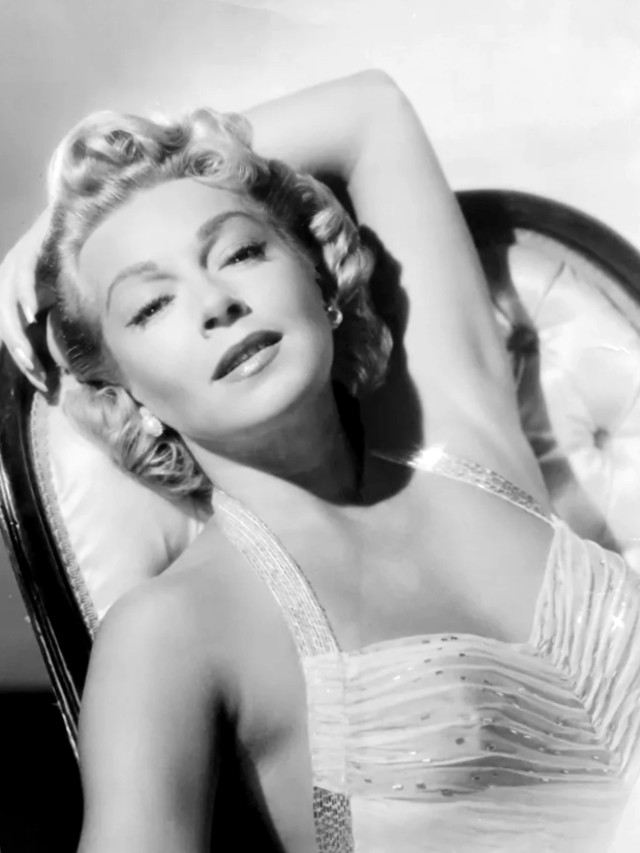
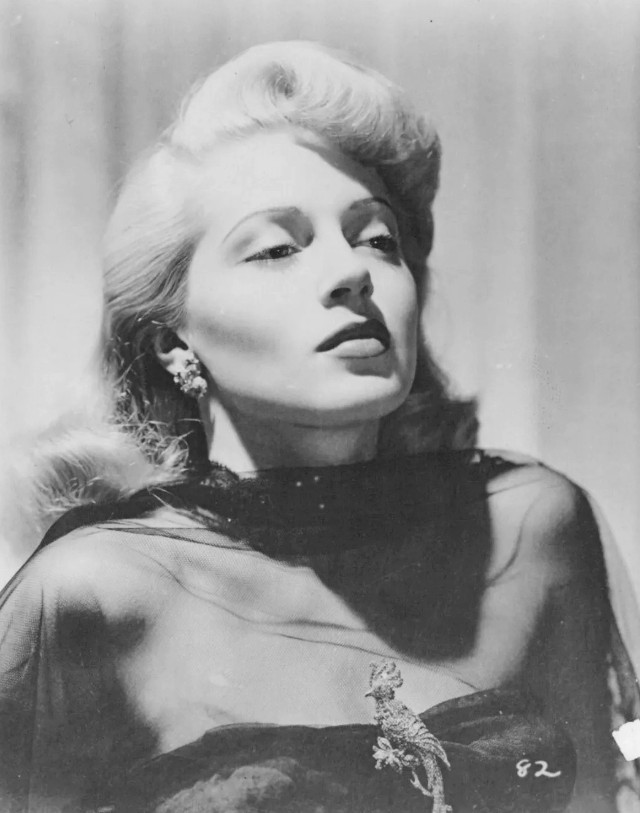
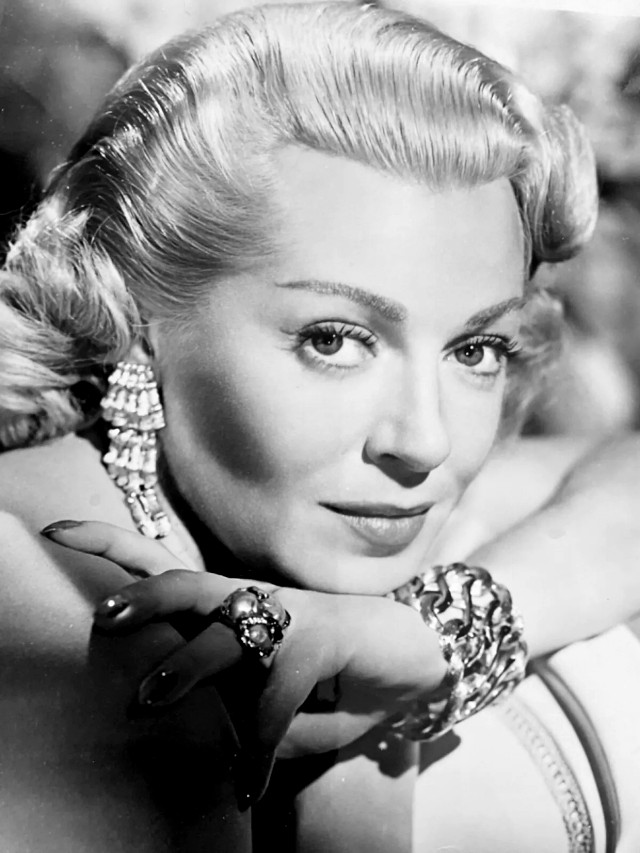
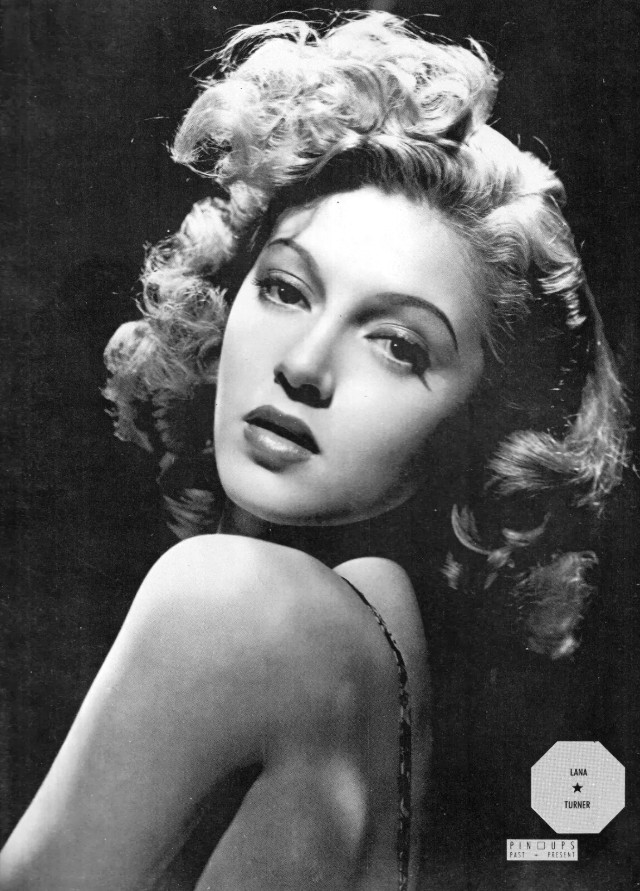
Video
Watch the video to discover how Lana Turner became the first Hollywood star suspected of murder – a shocking chapter in her life!
Her studio portraits encapsulate the essence of an era defined by elegance and dramatic storytelling, while her life’s narrative continues to captivate scholars and enthusiasts alike. Lana Turner not only shaped the golden age of Hollywood but also left a lasting legacy that endures through the arts and popular culture. In celebrating her life, we remember a star whose brilliance transcended the silver screen—a true icon whose influence continues to inspire and fascinate.
